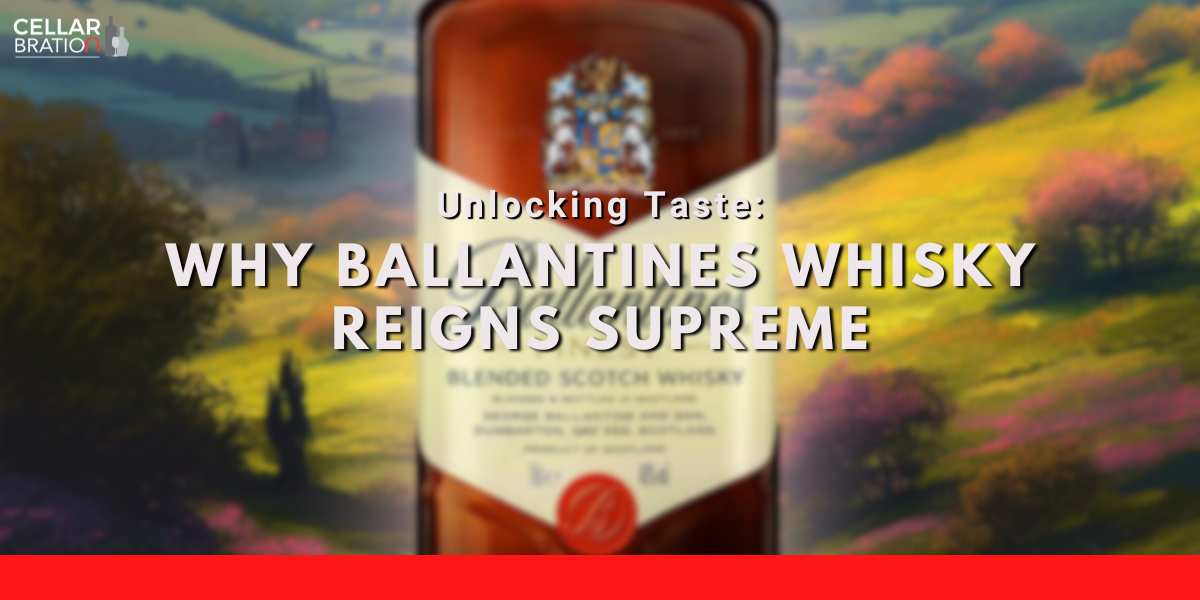

If you are in the habit of watching Japanese TV shows or animation, or you’re fascinated with Japanese culture, then chances are you’ve already come across sake. Just as Korea has soju and Russia has vodka, Japan has sake as its official liquor. This liquor is characterized by its clear appearance and mild taste, almost similar to vodka or soju, but with enough unique elements that make it stand out.
Although called “rice wine”, sake has much more in common with beer than wine. This similarity has everything to do with the manufacturing process of this liquor, as it breaks down starch into alcohol, similar to how beers produce alcohol.
Sake is also a liquor steeped in history, and its manufacturing process involves a ritual that traces its roots back to the 10th century. Just as the Japanese have strict practices in sword making, they also have these sorts of methods regarding making sake.
While Western liquors are already staples worldwide, there’s a certain appeal that Asian liquors have within the continent. If you want to know which sake brands are the best in Singapore, read the article to find out.
How Sake is Made
As briefly touched upon earlier, the manufacturing process sake goes through is one that is steeped in tradition. Breweries have a designated brewmaster called “Toji”, who is in charge of everything that goes on within the brewery.
The Japanese take the training to become Toji seriously, which can take decades to master. The brewing knowledge is passed down from master to apprentice, ensuring that the tradition and proper methods stay alive from generation to generation.
That said, here are the processes sake must go through to be deemed ready for distribution:
Choosing Proper Ingredients
As with anything made from scratch, the most crucial step is picking the proper ingredients. Ingredients serve as the base for the liquor and ensuring that you use only the highest-quality components is key to producing great sake.
One of the things breweries have to consider is where they get the water since this ingredient makes up the majority of the liquor. As much as possible, the water used for a specific brand comes from a trusted spring to ensure uniformity across all bottles.
Washing, Soaking and Steaming
Much like cooking rice, they must be washed first to get rid of the sediments and other types of dirt. Once the dirt is off, the rice can be soaked for a set period to prepare for steaming. The rice must achieve a specific consistency to be ready for steaming, and the brewmaster or Toji alone can tell if it’s ready.
Once all of those matters have been taken care of, the rice is placed into a steaming machine that aims to cook the rice evenly. The ideal texture for the finished product is an even distribution of tenderness between the outside and inside.
Rice Cooling and Koji Making
Temperature plays a huge part in sake manufacturing, and the process of cooling and koji making exemplifies this importance. After steaming, the rice must be subjected to cooling with the help of a refrigerated system. Some breweries use refrigerated conveyor belts, while others use alternative means.
Once the rice has cooled down, the process of koji making can begin. This process is done within a room where the temperature is closely monitored to cultivate the integration of koji spores into the rice. The result of this combination is a material that is ready for fermentation.
Fermentation
Arguably the most crucial stage of sake manufacturing, fermentation requires careful and constant monitoring, ensuring that the end product is up to par. The koji, or the combination of rice and koji spores, are placed into a container and combined with chilled spring water and yeast.
The next few days include adding rice and spring water, depending on the amount needed at that particular fermentation stage. This process is repeated within 4-21 days or until the brewmaster deems the liquor ready for the next step.
Pressing and Bottling
Since the fermented product is still solid in consistency, that product, commonly known as “moromi”, must be pressed to extract the liquor. This process is done by placing the moromi into a cloth bag and then hand-pressing until every bit of the liquor is extracted.
The final step is to bottle the finished product, making them ready for distribution. There are different methods of bottling sake. Some bottling methods involve using gravity to transfer the sake to the bottle, while others use other methods. Once the sake has been bottled, it’s ready to be distributed and enjoyed.
7 Best Sake Brands in Singapore
Now that we have extensively covered the sake manufacturing process let us discuss the best sake brands you can find in Singapore. While finding this liquor in the country is not particularly hard, finding high-quality sake is a different story.
So to save you the trouble of wading through shelves upon shelves of sake, we have made a list of the best sake brands you can find in the country! Here are those brands:
Kizakura Ginjo Nama Chozo

Sake filtration is usually done until only the clearest version of the liquor is extracted but with Kizakura Ginjo Nama Chozo, the product from the first or second filtration is the one that is used. This process is done to get a more flavourful liquor compared to your standard sake, and even though its appearance is not as clear as others, it more than makes up for it in flavour.
Get The Kizakura Ginjo Nama Chozo Here!
Morinokura Komagura Munoyaku Uamadinshiki

The Morinokura Komagura Munoyaku Uamadinshiki focuses on using only the highest-quality ingredients to make sake that perfectly represents Fukuoka, the city that it’s from. Using clean water from the Tsukugo River and rice from trusted farmers, the brewmaster ensures that the flavour of this sake is uniform across the board.
Get The Morinokura Komagura Munoyaku Uamadinshiki Here!
Kizakura Hana Shofu

The best thing about sake is that it’s an experience for all of your senses, and nothing exemplifies this characteristic more than Kizakura Hana Shofu. This sake brand is an experience, not just a drink, from the floral fragrance to the fruity flavour profiles. This liquor also pairs well with different foods like sashimi, so the possibilities are endless with this drink.
Get The Kizakura Hana Shofu Here!
Hokkaido Kanjyuku Aged Sake

Who doesn’t love a good sweet and sour combination? This question is precisely what the brewmasters in Hokkaido Kanjyuku had in mind when making their sake, and it shows. This liquor's manufacturing process is unlike the traditional method since it is “ripened” within the tank for about 3 years. This unique process makes its flavours stand out, including the strong honey taste.
Get The Hokkaido Kanjyuku Aged Sake Here!
Kizakura Torori Umeshu

Most sake brands already have a sweet or fruity flavour profile, but Kizakura Torori Umeshu takes things further by infusing their sake with plums. This infusion doesn’t just affect the flavour of the liquor; it also gives a distinct texture to the drink that you couldn’t find anywhere else.
Get The Kizakura Torori Umeshu Here!
Sake Hitosuji Junmai Ginjo

Since sake also serves as perfect representations of the cities they came from, the competition becomes less about which ones are better, instead, which ones represent their place of origin well. The Sake Hitosuji Junmai Ginjo does this well by using a rare strain of Omachi rice. The byproduct is a liquor with a full-bodied, fruity taste that will leave you asking for more!
Get The Sake Hitosuji Junmai Ginjo Here!
Homare Kokkou Golden Yamahai Special Junmai

One of the main selling points of the Homare Kokkou Golden Yamahai Special Junmai is the fact that this sake doesn’t use any additives. This exclusion of additives means that every ingredient is natural, which is also the source of pride for its brewmaster. As for the flavour, you get a smooth and somewhat fruity profile, on par with any high-quality sake you’ve tasted,
Get The Homare Kokkou Golden Yamahai Special Junmai Here!
Conclusion
Here are the 7 best sake brands in Singapore. As you undoubtedly have noticed, sake stands out from other liquors because its manufacturing methods differ from Western ones. The side effect of this unique characteristic is that our enjoyment of this liquor is also unique.
If you want a unique drinking experience that you can only get from sake in Singapore, then let us at Cellarbration help you find the right sake brand! We have a wide selection of sake brands and other liquors, all indicative of our commitment to bringing you only the highest-quality liquors in Singapore.
If you want to know more about our other products and services, feel free to browse our website. You can also read other exciting blogs here.





